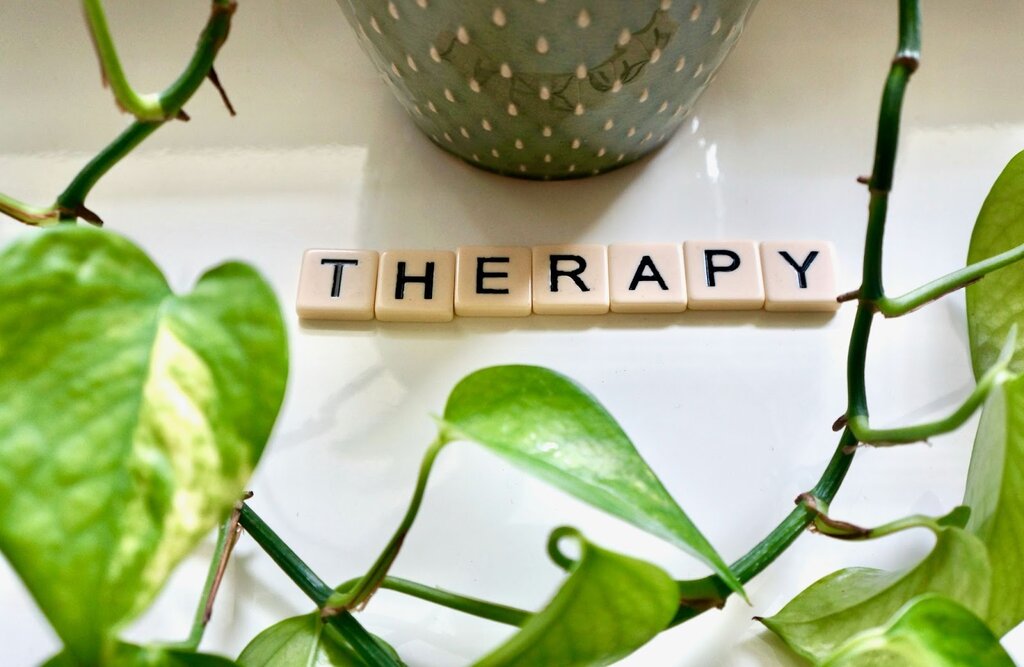Key Highlights
Visibility has improved, but access to affirming therapy for LGBTQIA+ men remains limited.
Stigma, cost, and lack of inclusive training are major barriers to care.
LGBTQIA+ therapy for men in Melbourne is helping set a new standard for identity-affirming support.
Community connection and peer networks play a vital role in healing.
Real change depends on education, advocacy, and visibility within mental health systems.
The Gap That Still Exists
There has never been more visibility for LGBTQIA+ people in mainstream life. Pride events fill city streets, queer stories are told on screen, and inclusive language is becoming more common. Yet, for many LGBTQIA+ men, the simple act of finding mental health support that feels safe and understanding is still a struggle.
Progress in visibility does not always equal progress in access. Many men reach out for help only to find services that are well-meaning but not informed, or environments that unintentionally make them feel unseen. The result is a quiet withdrawal from care before it can even begin.
For some, it starts with subtle signals — a therapist avoiding conversations about sexuality, intake forms that still use outdated terms, or assumptions that all relationships look the same. For others, it’s the memory of earlier rejection that keeps them from trying again.
Mental health support should be a space of safety, but for LGBTQIA+ men it can still feel like walking into a room built for someone else. The difference between being accepted and being affirmed is huge, and too often, that gap is where help is lost.
The Weight of Invisible Pressure
Even in open and progressive circles, many LGBTQIA+ men carry quiet pressures that others may never notice. These are not always the loud forms of discrimination that make headlines, but the softer, more persistent expectations that shape how men think they should act, feel, or cope.
The performance of strength can be a heavy one. Men are often taught to appear calm, capable, and in control, no matter what is happening internally. For queer men, that expectation can come layered with years of learned self-protection — the subtle code-switching, the hesitation to share, the fear that being fully honest might still lead to judgement.
It takes a toll. Internalised stigma can creep in slowly, convincing someone that their feelings are too much or that their struggles are not serious enough to deserve help. For many, therapy becomes something to survive rather than a space to rest and be understood.
The result is a pattern that professionals recognise all too well: LGBTQIA+ men often delay seeking help until the pressure reaches breaking point. By then, what could have been a conversation becomes a crisis.
Systemic Barriers to Care
Accessing mental health care is difficult for many Australians, but for LGBTQIA+ men, the barriers can feel uniquely personal. Even when services exist, they may not feel safe to approach.
Cost remains a major hurdle, with many affirming practitioners operating privately and charging beyond what rebates cover. Wait times for specialised care are also long, especially in regional areas. But perhaps the most persistent barrier is cultural — a lack of consistent, informed understanding of queer experience within the broader mental health system.
Being tolerated in a space is not the same as being affirmed. A well-intentioned therapist might miss the nuances of identity or underestimate the impact of daily microaggressions. When care lacks affirmation, it can deepen isolation rather than relieve it.
For some, this creates a cycle of disengagement, where therapy feels like one more environment that asks them to explain or defend who they are. And for those already managing anxiety, trauma, or depression, that extra effort can be enough to stay away.
What Affirming Support Looks Like
Affirming care begins with understanding that sexuality and gender identity are not just parts of someone’s life; they shape every interaction, relationship, and decision. The right support is not about focusing on identity as a problem but about recognising it as central to a person’s wellbeing.
In cities like Melbourne, specialised services are making this shift visible. Providers offering LGBTQIA+ therapy for men in Melbourne are creating spaces where clients no longer have to censor or explain their identity before they can begin to heal. Sessions are grounded in safety, respect, and language that reflects lived experience.
Affirming therapy might include addressing the impact of discrimination, navigating relationships, or exploring identity without judgement. Many therapists now also use community-informed approaches, understanding that mental health care is strongest when it reflects the realities of those it serves.
These models of care are growing, not as a trend, but as a necessary evolution in what mental health support should be.
The Role of Community and Connection
Professional therapy is one pillar of support, but community connection often carries equal weight. For many LGBTQIA+ men, belonging begins outside the clinic — in shared spaces, peer groups, and creative communities that allow people to be seen without expectation.
Peer support networks, online communities, and men’s discussion groups are helping bridge the gap between isolation and connection. They offer something formal therapy can sometimes lack: lived understanding. Hearing “I’ve been there too” from someone who truly has can be one of the most powerful steps toward healing.
In these circles, care becomes collaborative. It’s not just about one person speaking and another listening, but about a group holding space for one another’s experiences. That collective empathy reminds people that support does not only exist in a clinical room — it exists in shared humanity.
Moving Forward: From Awareness to Accessibility
Progress will depend on making affirming care not just available but accessible to all who need it. That means more training for clinicians, increased funding for queer-led mental health programs, and better visibility of inclusive services within public health systems.
Clinicians need practical education in cultural competency and gender-inclusive practice. Universities and professional bodies are beginning to embed these topics into training, but there is still work to do in ensuring that understanding becomes standard rather than optional.
For men seeking help, the first step is often finding a therapist who explicitly identifies as LGBTQIA+ affirming. This small but vital detail can mean the difference between starting therapy and avoiding it altogether.
While change is happening, it must continue to be driven by visibility and advocacy. Every story shared, every therapist trained, and every new service launched brings the goal closer — a future where mental health care is genuinely safe for everyone.

 Muhammad Manan
Muhammad Manan




